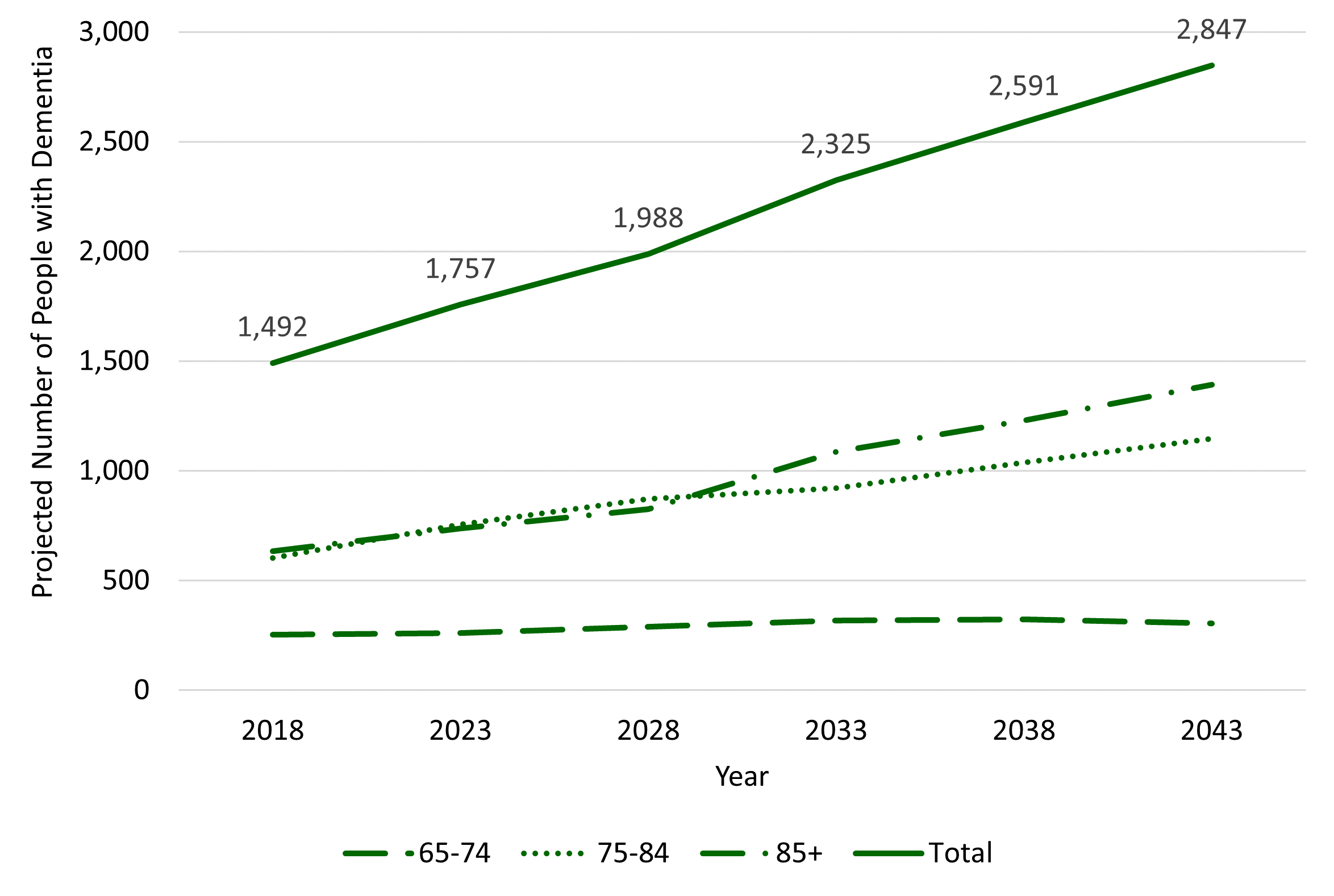Older People - Data
What you told us
What the data tells us
The Midlothian population has been growing and the largest percentage increase is predicted to be in those aged 75 and over.
In 2022, 19% of the population in Midlothian were aged 65 and over (Scotland’s census, 2022).
People are living longer, and most older people live without any formal support. Most older people live independently in their own home or with support from friends and family.
Older people also make up a significant percentage of unpaid carers 36% and 57% of people who are cared for by an unpaid carer are older.
National data shows most older people feel socially connected. They are, however, more likely to live alone, to be widowed and to be offline, increasing their risk of loneliness. Older people make up a significant percentage of people volunteering. 24% of people aged 60 and over volunteer. This is a similar rate to Scotland.
Dementia
Dementia is a syndrome associated with an ongoing decline of the brain and its abilities. Alzheimer's disease is the most common type, other types include vascular dementia, dementia with Lewy bodies and frontotemporal dementia.
Age is a risk factor (Public Health Scotland, 2015 PDF). Between 2018 and 2028, it is estimated that the 75 and over age group in Midlothian is projected to see the largest percentage increase (+40.9%) (National Records Scotland, 2022). As a result, it is likely that numbers of people with a diagnosis of dementia across Midlothian will increase noticeably.
Dementia is slightly more common in women than in men which is to be expected with women living on average longer than men.
The figures below are calculated using the 2018 population projections from the National Records of Scotland and applying the dementia prevalence rate averages from Alzheimer’s Scotland. The number of people living with dementia will nearly double (from 1,492 to 2,847) by 2043. The improved identification of the signs and symptoms of dementia is predicted to lead to increased numbers of diagnosis. People with dementia are also very likely to have other long-term conditions affecting their health.
Dementia Prevalence Projections (based on NRS 2018 population projections & Dementia prevalence from Alzheimer’s Scotland)
Data source: National Records of Scotland and Alzheimer's Scotland

It is known that health inequalities persist into old age and that many of the risk factors for dementia are associated with socio-economic disparities.
There is a higher rate of Dementia diagnosis in the learning disability community and onset tends to happen at a younger age.
Race does not affect prevalence rates for most types of dementia except for early on set (presenting before 65 years) and vascular dementia which have been found to be more prevalent in the black and ethnic minority community.
Page Updated August 2024
